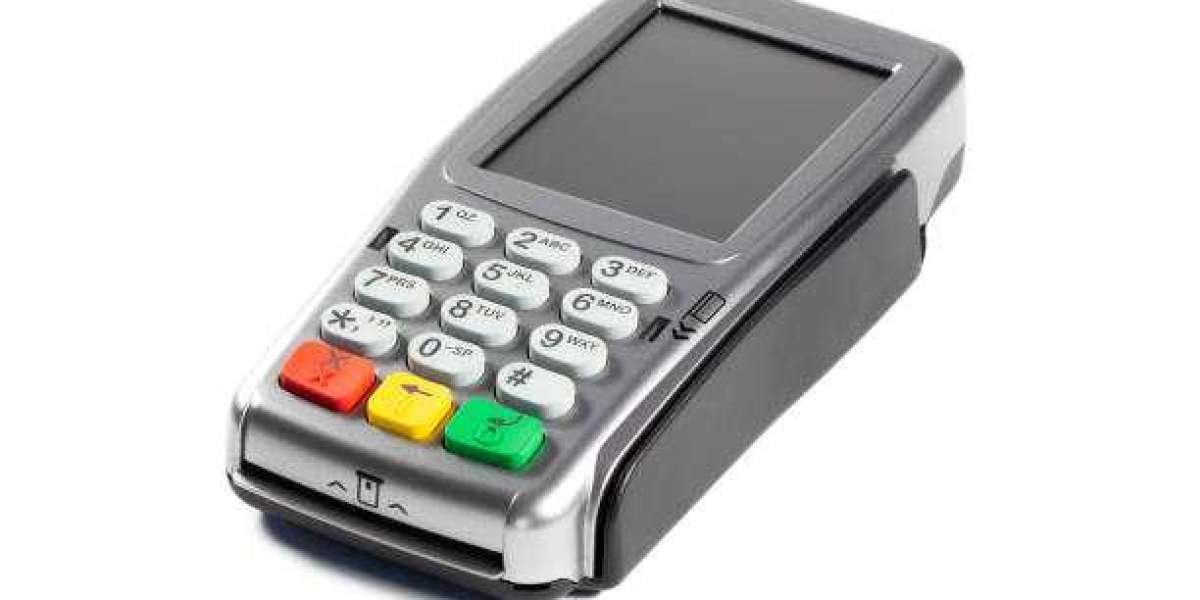Credit card machines have come a long way since the early days of manual imprinters and carbon copy receipts. The evolution of these devices has been driven by advancements in technology, changes in consumer behavior, and the constant need for greater convenience and security in financial transactions.
The first credit card machines, also known as credit card terminals, required the physical imprinting of the card onto a sales slip using a mechanical device. This process was slow and prone to errors, making transactions cumbersome for both merchants and customers. As technology progressed, magnetic stripe cards became more prevalent, leading to the development of magnetic stripe readers in the 1970s. These readers allowed for faster and more accurate processing of transactions by simply swiping the card through the machine.
In recent years, credit card machines have undergone another significant transformation with the introduction of EMV technology. EMV, which stands for Europay, Mastercard, and Visa, is a global standard for chip card technology aimed at reducing fraud and improving card security. EMV cards contain a small microchip that generates a unique code for each transaction, making it much more difficult for fraudsters to clone cards or steal sensitive information.
The shift from magnetic stripe to EMV technology has paved the way for contactless payments, popularly known as tap-and-go payments. Contactless credit card machines allow customers to make payments simply by holding their card or mobile device near the terminal, without the need to insert or swipe anything. This technology has gained popularity for its speed, convenience, and enhanced security features such as tokenization.
Beyond contactless payments, credit card machines have also evolved to accept mobile wallets like Apple Pay, Google Pay, and Samsung Pay. These digital wallet solutions allow customers to store their payment information securely on their smartphones and make purchases by tapping their device at the terminal. Mobile payments offer an added layer of convenience and can streamline the checkout process for both merchants and consumers.
Looking ahead, the future of credit card machines is likely to be shaped by emerging technologies such as biometric authentication, artificial intelligence, and blockchain. Biometric authentication methods like fingerprint or facial recognition could further enhance security and simplify the payment process for users. AI-powered algorithms may help retailers analyze transaction data to personalize offers and improve customer loyalty. Blockchain technology has the potential to increase transparency and reduce processing fees in the payment ecosystem.
In conclusion, the evolution of credit card machines from swiping to tap-and-go reflects a continuous drive towards efficiency, security, and innovation in the realm of financial transactions. As technology continues to advance, it is crucial for merchants and consumers to stay informed about the latest developments and embrace new payment methods that enhance convenience and protect against fraud. The future of credit card machines is undoubtedly exciting, promising even greater speed, security, and ease of use in the years to come.





